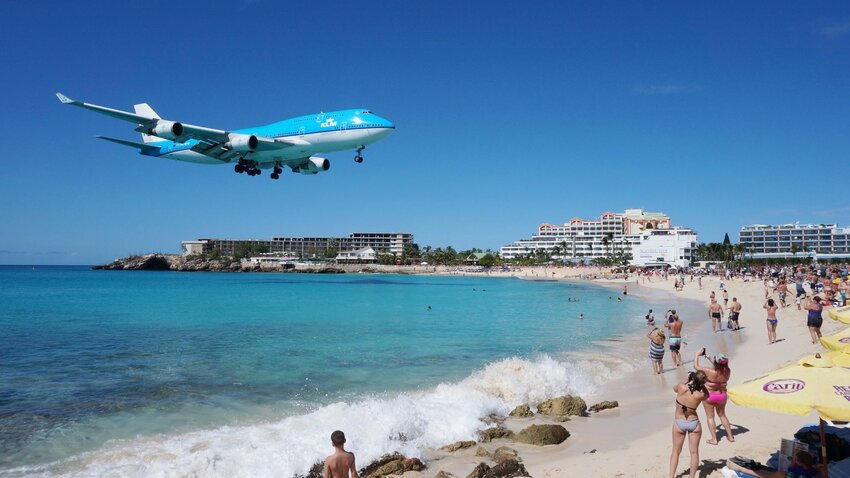Some flights are little more noteworthy than traveling by bus – except of course, you can see the wings. But fly into some of the world’s most harrowing and challenging airports, and you’ll be much more likely to sit up and take notice of your surroundings. Whether you’re a thrill-seeker or a nervous passenger, bookmark this page for future reference – these are some of the world’s most dramatic airport approaches.
Innsbruck, Austria
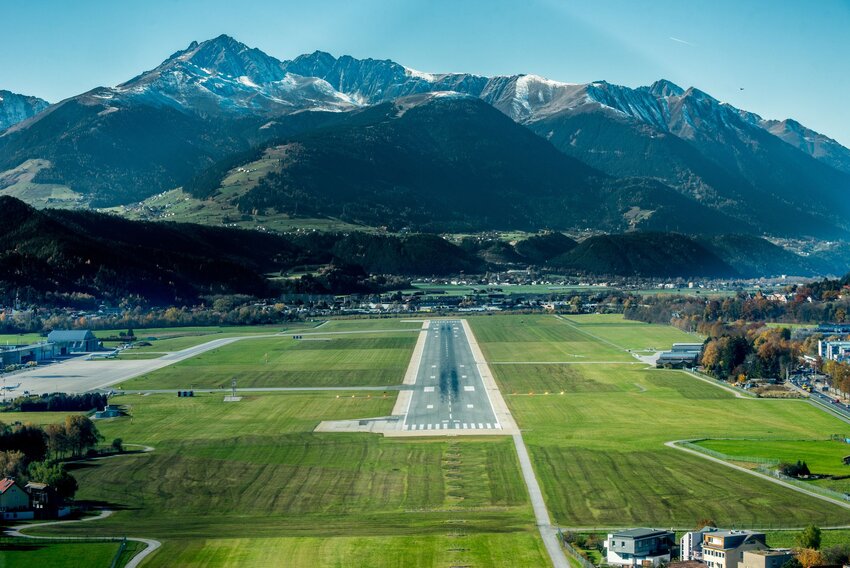
In Europe, airports requiring specialist training because of the difficulties faced on take-off or landing are classified as Category C. Of the nineteen airports that fall into that group, three are in Austria, and Innsbruck is generally considered as the trickiest. Only captains, not first officers, are permitted at the controls, and only then if they have completed successful landings on a simulator and watched from the jump seat as a more experienced pilot touches down in real life. The Inn Valley isn’t straight, and with an 8,000' mountain to avoid, a good chance of snow in winter and turbulence-inducing föhn winds to complicate matters, this is one of Europe’s most dramatic airport approaches.
Funchal, Madeira Island, Portugal
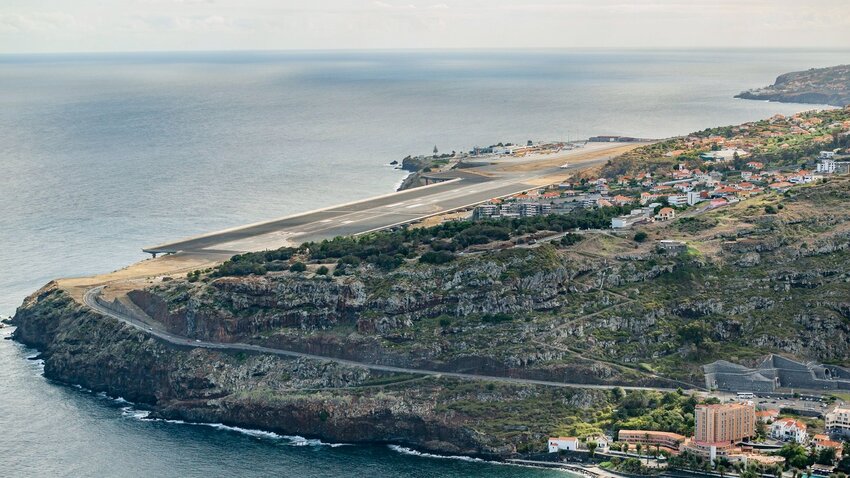
On the island of Madeira, the local authorities can be forgiven for not moving the airport to a more suitable location – there isn’t one. This volcanic outcrop in the Atlantic Ocean has barely any flat land. To accommodate modern aircraft, the original runway had to be extended in the 1980s to prevent jets from toppling off the end and into the sea. These days, the challenges presented by the topography are considerably less, thanks to a further extension a couple of decades ago. Now, the runway measures a less worrying 1.7 miles in length – that’s 0.7 miles longer than the original. It extends out over the water on a structure which rests on 180 pillars tough enough to withstand the forces involved in landing. Nevertheless, it’s still considered one of the most exciting airport landings in the world.
Lukla, Nepal
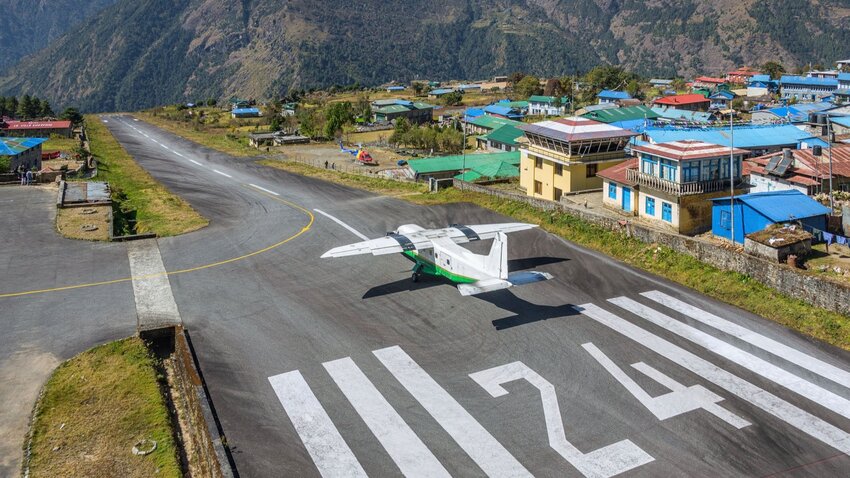
It takes guts to fly in or out of Tenzing-Hillary Airport, the gateway to Everest Base Camp. Its extraordinary geography makes this one of the most dangerous approaches of the airport world. But if you’re brave enough, this extreme location offers probably the world’s most dramatic airport landing. High cross-winds, particularly in the afternoon, as well as a strong likelihood of thick clouds, rapidly changing visibility and an altitude of 9,334 ft all combine to frightening effect. At least there’s tarmac now; the runway was paved in 2001. But it’s still not for the fainthearted: because of the surrounding mountains, there’s no option for a go-around if the pilot messes up the approach.
Paro, Bhutan
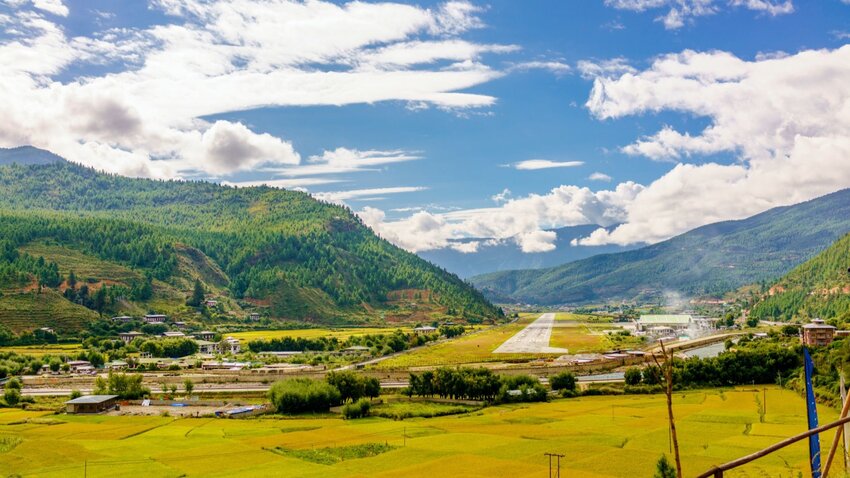
Fewer than two dozen pilots are permitted to land at Bhutan’s only international airport, just over double the number that were qualified to do so a decade ago. This tiny Himalayan nation, famous for measuring Gross National Happiness rather than GDP, is home to one of the most spectacular airport approaches in the world. Situated in a high altitude valley surrounded by mountains, pilots fly under what’s termed VFR – visual flight rules. In layman’s terms that means they can’t rely on their instruments, which is why flights are only scheduled during the daytime. That’s good news for passengers, especially those coming from Delhi or Kathmandu who have a chance of seeing Mount Everest from a window seat.
Barra, Scotland
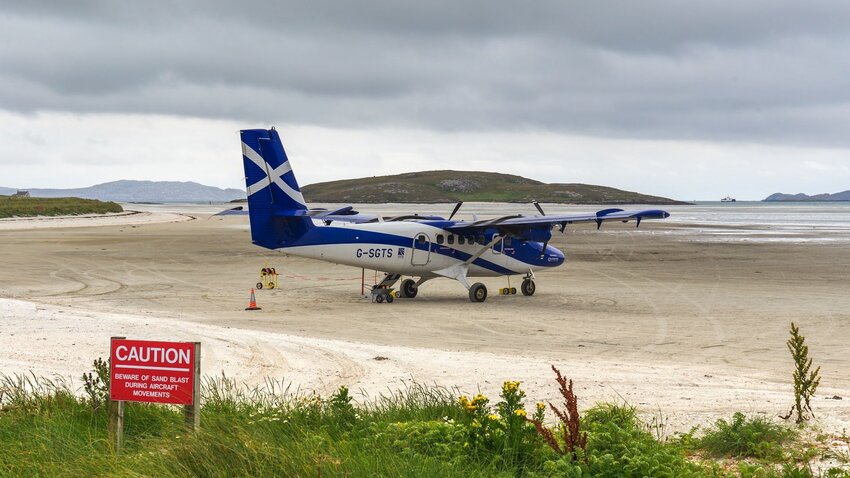
Drama takes a different form on the Scottish island of Barra. The landscape is by no means as striking as that you’d find in the Himalayas, but the location of its airport creates challenges of a different kind. This is the only commercial airport in the world where pilots have to contend with the tides as well as the weather. Landings on the sand runways are strictly limited to low tide to ensure the aeroplanes that serve Barra don’t stay longer than planned, but you’ll still feel like you’re ridiculously close to the water as the plane makes its final approach.
Wellington, New Zealand
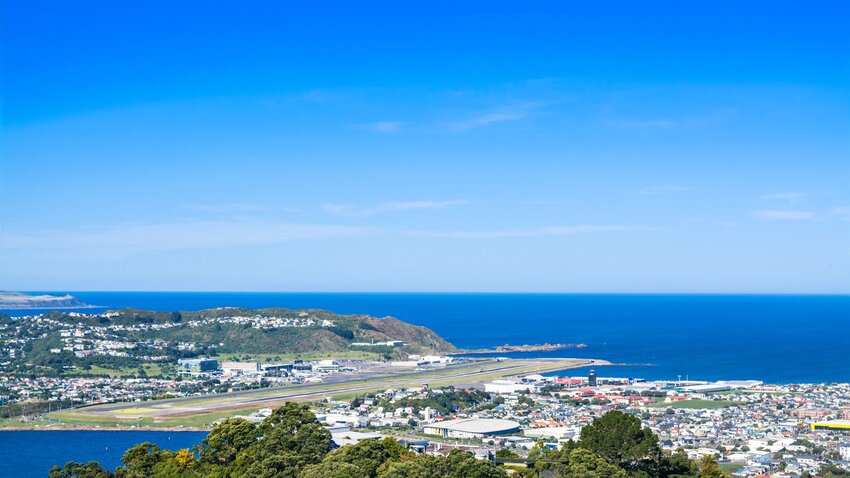
Weather’s the big issue at the city locals dub Windy Welly. The airport frequently shuts down on short notice, though most flights are only delayed; only 2% each year are canceled outright. The airport’s automatic weather station feeds continuous information to the New Zealand Met Service and to the control tower, which passes it on to inbound pilots. But why is the New Zealand capital so windy? The answer is a simple question of geography: situated beside the Cook Strait, it’s in the only significant gap between the mountains that run the length of North and South Island. Winds must squeeze through the narrow space, and as they do, they strengthen, especially on Wellington’s side of the water. Planes coming in to land are frequently buffeted by gales and gusts, making for a descent that can easily confuse your stomach into thinking it’s on a rollercoaster.
Telluride, Colorado
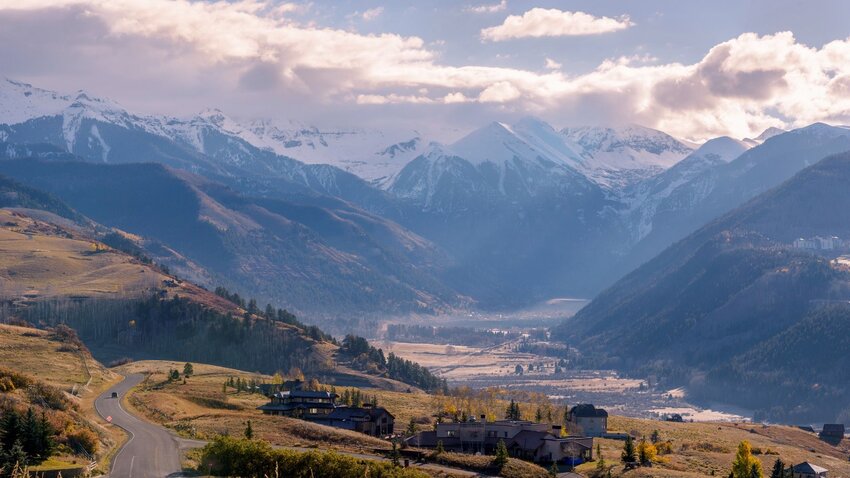
Telluride currently boasts the highest commercial airport in the US – or at least it will when Denver Air Connection’s scheduled flights resume for the winter ski season. Telluride’s airport perches on a high altitude plateau surrounded by 14,000' peaks. Fail to stop at the end of its single runway, and it’s a 1000 ft drop into the San Miguel River valley below. Complicating matters are the winds. Turbulence caused by the surrounding mountains as well as a strong downdraft caused by the cliff at the end of the runway combine to make this a landing that’s as tricky for the flight crew as it is breathtaking for their passengers. The airport website carries this stark reminder:
“Nothing you want to do tomorrow is worth risking your life and the lives of your passengers today!”
Saint Maarten, Caribbean
Plane-spotting becomes an extreme sport on Maho Beach on the Caribbean island of Saint Maarten. This tiny strip of sand sits right at the end of the runway and the flight path is directly above it. As jets make their final approach into Princess Juliana International Airport, they pass over the beach at an altitude of less than 100 feet, making this as exciting for those already on vacation as it is for those on board. Unsurprisingly, it’s become a selfie hotspot, but bystanders on the ground must take care as the jet blast can be strong enough to blow a person off their feet.
Top photo by EQRoy

